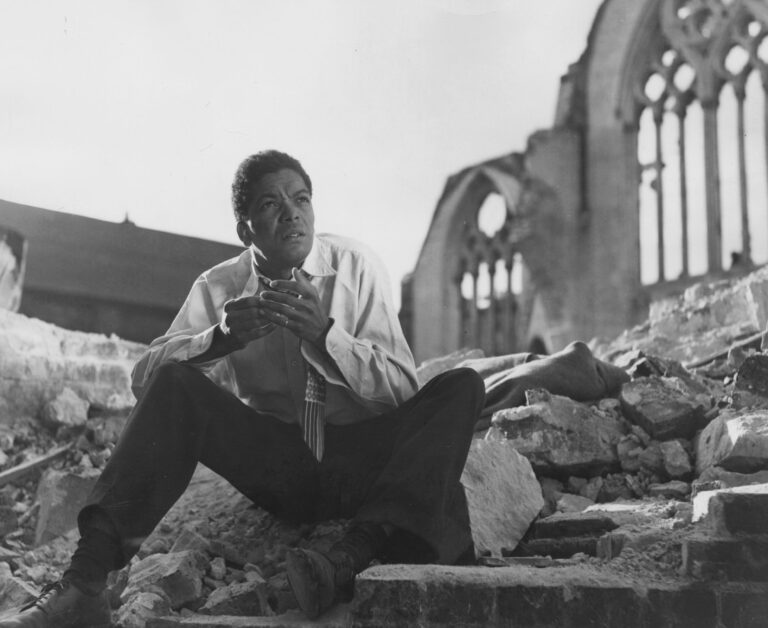
"The racial boundary crossing in Basil Dearden's "Pool of London" was unique for 1951. The interracial relationship, which was still taboo then, is further complicated by its occurrence in a country outside of America. That combination of setting and race, moreover, anticipates another film from a later era: Melvin Van Peebles's "The Story of a Three-Day Pass." Both frank, boundary shifting films, when taken together, destabilize the false premise of racism as strictly an American problem."
"Pool of London wasn't the first movie to depict interracial relationships between Whites and Blacks. Earlier pictures often relied on racial passing to push the boundaries. In Oscar Micheaux's "The Symbol of the Unconquered" (1920), for example, a Black prospector fears he's falling in love with a White woman only to discover she's merely light-skinned."
"In "Imitation of Life" (1934) Peola, a Black woman passing for White, falls for a White man named Stephen Archer. Elia Kazan's "Pinky" (1949) concerns a White-passing Black nurse who falls for a doctor in the north. In these films, passing is a way to 'safely' cross boundaries because ultimately the racial dynamics return to the status quo."
"The person passing eventually returns to their race, thereby either realizing the error of their ways, reinforcing the societal norms, or rejecting them and embracing their identity anew."
Johnny Lambert, a Jamaican Merchant seaman, disembarks in London, motivated to enjoy time with Dan Macdonald while vowing never to return to England. His racial experiences create a wall, yet he hopes to find companionship. This possibility emerges with Pat, a white ticket taker, marking a significant interracial relationship amid a taboo context. Unlike earlier films that used racial passing to ease societal tensions, Pool of London boldly presents this dynamic, challenging assumptions about race and its implications beyond America.
Read at Roger Ebert
Unable to calculate read time
Collection
[
|
...
]